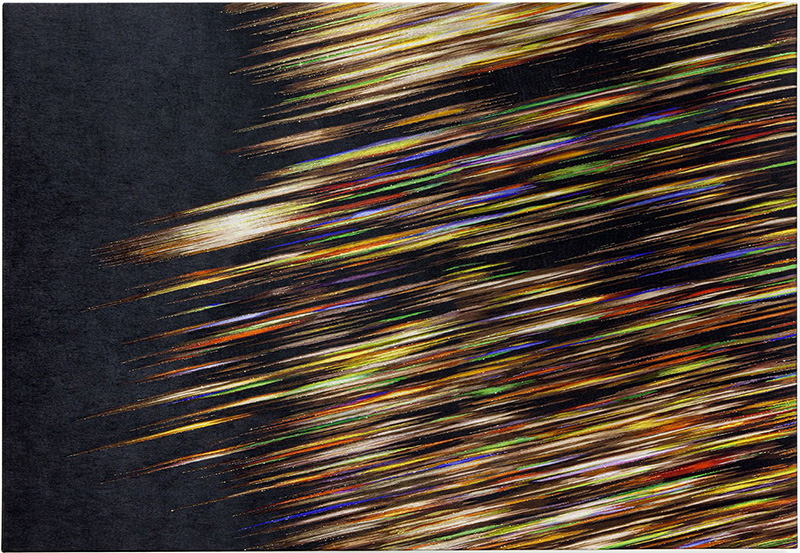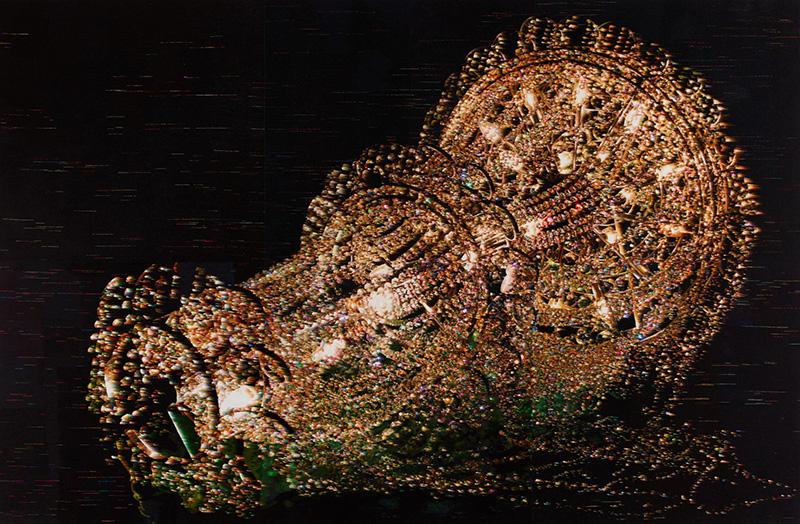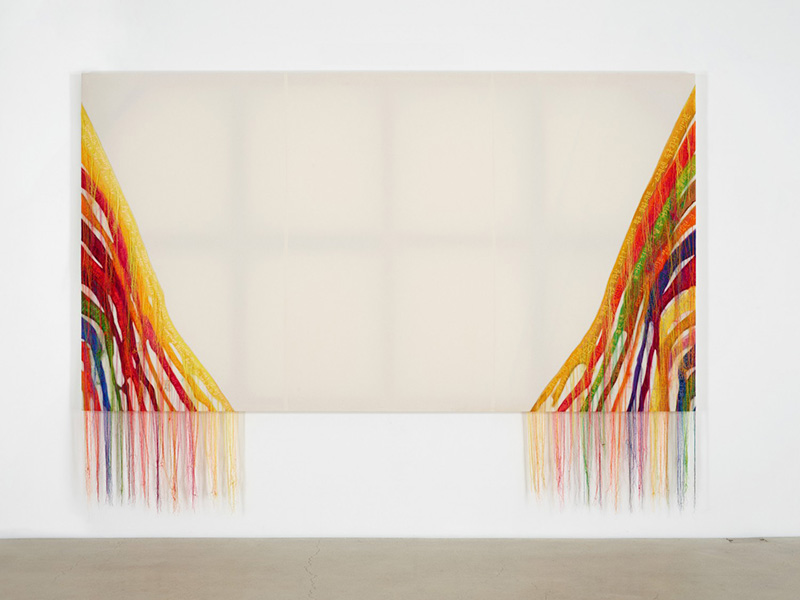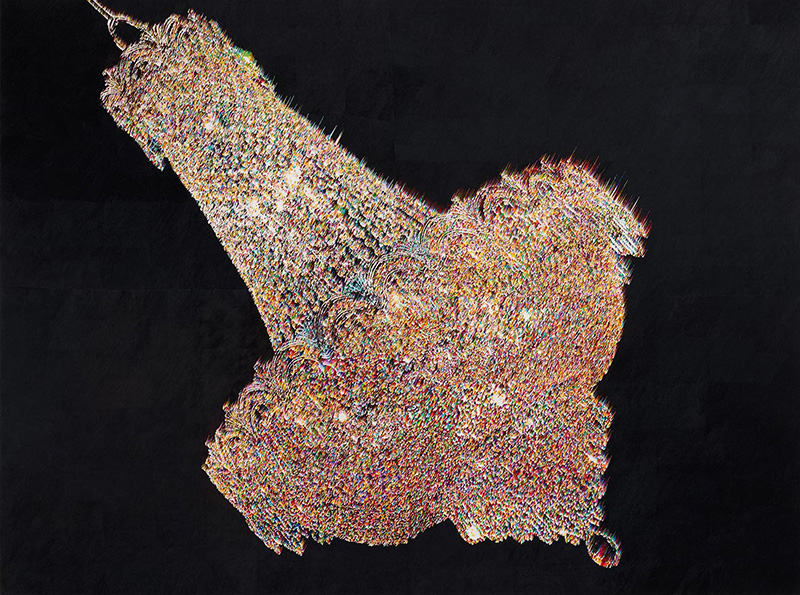ART CITIES:Berlin-Kyungah Ham
 Kyungah Ham accidently found a propaganda leaflet in front of her house one day, and this became a momentum for Ham to work with embroidery craftsman from North Korea, conducting a tabooed communication. Ham’s ongoing “Embroidery Project” is as conceptual and political as it is beautiful. The image is not the primary point: it is the story that lies in the making of the work that makes them powerful, controversial and political. The process is part of their meaning.
Kyungah Ham accidently found a propaganda leaflet in front of her house one day, and this became a momentum for Ham to work with embroidery craftsman from North Korea, conducting a tabooed communication. Ham’s ongoing “Embroidery Project” is as conceptual and political as it is beautiful. The image is not the primary point: it is the story that lies in the making of the work that makes them powerful, controversial and political. The process is part of their meaning.
By Efi Michalarou
Photo: Carlier|gebauer Archive
At first glance, Kyungah Ham’s embroidered canvases are beautifully seductive. From afar the works seem to be brightly coloured high-resolution prints. It’s only up close that one sees the tightly woven stitches, like millions of tiny pixels that make up the detailed embroidery. And after a deeper investigation, the stories behind the works begin to surface, washed up by the tides of history. Ham’s Embroidery Project began in 2008 and has unfolded into several different series. Through a complicated, lengthy and dangerous process, Ham uses an intermediary to smuggle the blueprints of works she wants embroidered into North Korea through middle countries where they eventually, but not always, make their way into the hands of the artisans. The process is often fraught with obstacles, the work becomes an abstract embodiment of the tension and conflict between the two sides of the divided Korean peninsula, making a forbidden meeting temporarily possible. For her first comprehensive solo exhibition in Europe, Kyungah Ham presents three different series: “What you see is the unseen / Chandeliers for Five Cities”, “Abstract Weave / Morris Louis” and the “SMS Series”. In her “Abstract Weave / Morris Louis” series, Ham borrows the artworks of Morris Louis, a leading abstract artist in modernist formal abstraction. All the elements, both the Internet news articles and poems, were embroidered like secret codes in the “pure” form and “flatness” of the modern abstract style. Ham once said that Morris Louis’ paintings seem to symbolically reveal the reality of a divided Korea. In other words, color stripes flowing from each side of the canvas, which look similar but dissimilar at the same time towards the center are reminiscent of North and South Korea, and the empty white space at the center reminds us of the DMZ. Although the bisected color stripes cannot meet in the frame of the artwork, their direction implies the possibility they will meet outside the frame. Put another way, Ham is indicating that North and South Korea can communicate with each other by overcoming the ideological barrier of politics. For her “SMS Series in Camouflage”, she diversified the content and images she was sending into North Korea even more as she tried to make contact. This included text message contents revealing her personal feelings or lyrics from a popular song. The works recall a kind of postmodern narrative painting, mixing decorative and psychedelic imagery, and blurs the personal and political by re-contextualizing the ideologies of the past to establish alternative interpretations of the value hierarchies that govern everyday life. Installed in a dark room, the series ”What you see is the unseen / Chandeliers for Five Cities” depict giant chandeliers. The luminous threads glinting in the artificial exhibition light make the large-scale woven chandeliers seem alive, animated, flickering illumination and the complexity of the stitch work against its black background. They appear to sparkle and reflect, swinging and falling into a dark abyss. But although the works bear Ham’s name, these panels are not the work solely of one artist, rather they were sewn by numerous unseen and unknown craftspeople in North Korea.
Info: carlier|gebauer, Markgrafenstraße 67, Berlin, Duration: 29/6-9/9/17, Days & Hours: Tue-Sat 11:00-18:00, www.carliergebauer.com



